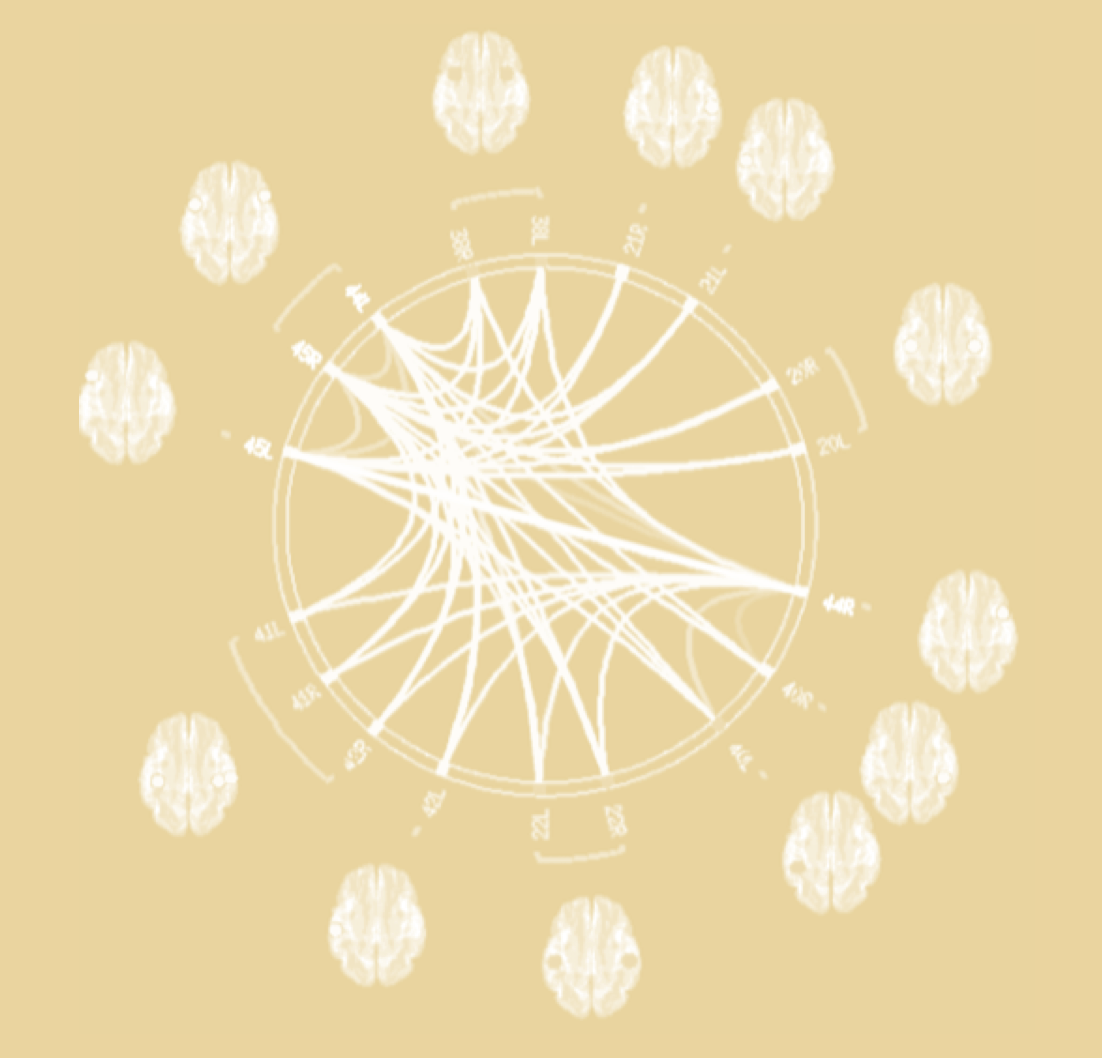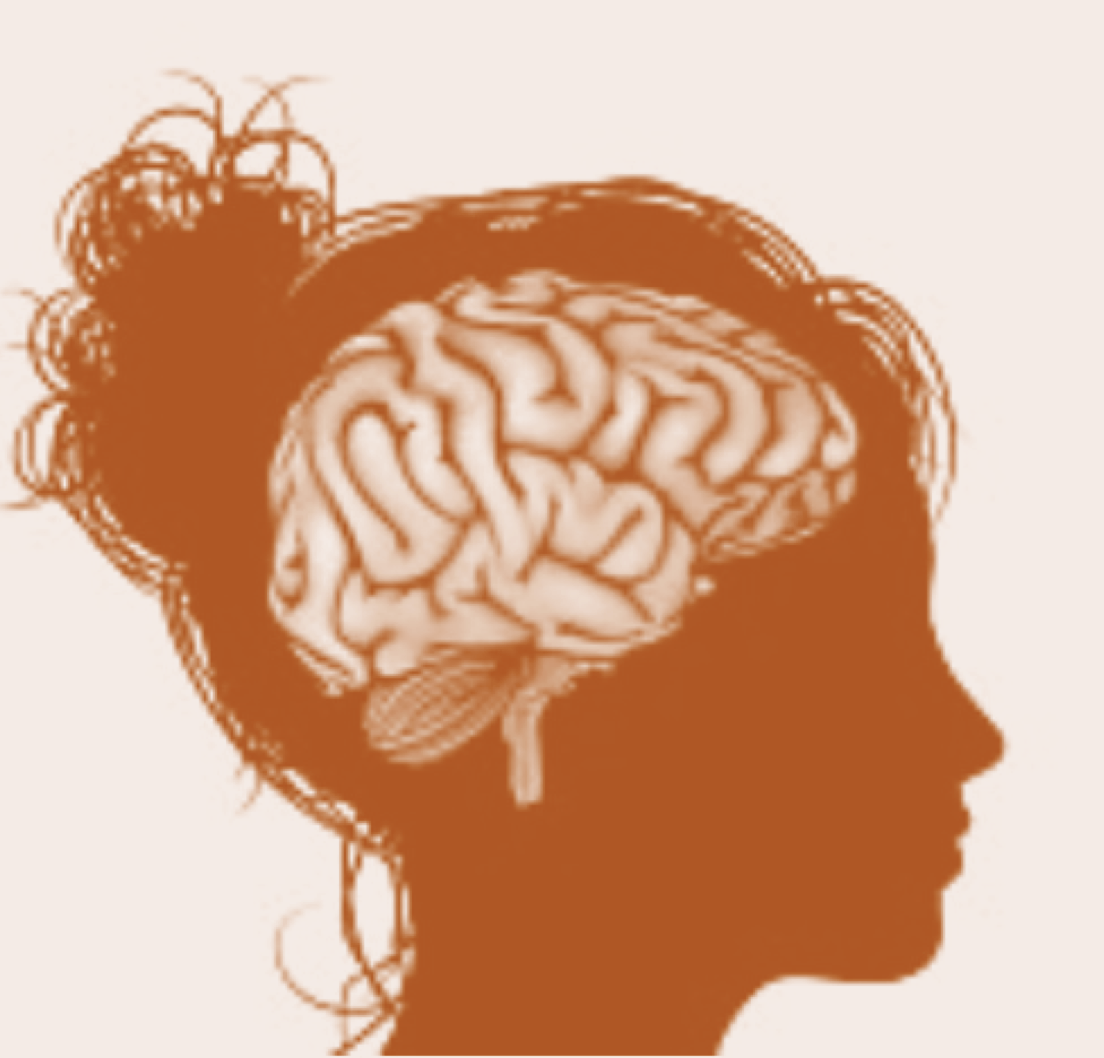We apply safe, state-of-the-art behavioral and brain imaging techniques to study language development, exploring the boundaries and potential of human language learning.

Statistical Learning and Language Development
We are born with an exquisite sensitivity to probabilistic information in the environment. This fundamental skill, statistical learning, supports children in learning the basic components of language and reaching language development milestones. Our systematic investigation of statistical learning examines aspects of language development such as:
(1) How does statistical learning across sensory modalities relates to language skills?
(2) How do linguistic and non-linguistic neural substrates of statistical learning relate to typical language development?

Language Disorders and Dysfunction: Neural Markers
1 in 68 children is diagnosed with autism spectrum disorders (ASD), and 1 in 10-20 with developmental language impairment (LI) or dyslexia. Despite disparate diagnostic criteria, they share behavioral signatures: abnormal procedural learning, phonology, and auditory and grammatical processing. We investigate language network abnormalities’ anatomical and functional underpinnings across diagnoses, or the neural substrates of phonological and grammatical impairment in children with and without ASD comorbidity. We ask:
(1) Do individuals with LI show alteration in linguistic, or general, statistical learning?
(2) What early markers of language functional network alteration relate to language dysfunction in clinical high-risk patients for psychosis?

Language Learning: Neural Plasticity & Individual Difference
Economic globalization gives rise to ever-increasing social demands to master multiple languages. Yet learning a novel language during adulthood is notoriously challenging. Our research seeks to understand the neural plasticity of language learning by measuring dynamic neural changes using imaging techniques, asking:
(1) What are the neural signatures of cross-situational word learning?
(2) How does the brain adapt to the dynamic change of syntactic statistics in the language input in the real time?
(3) What is the relationship between individuals’ language learning aptitudes and specific functional and structural brain characteristics?